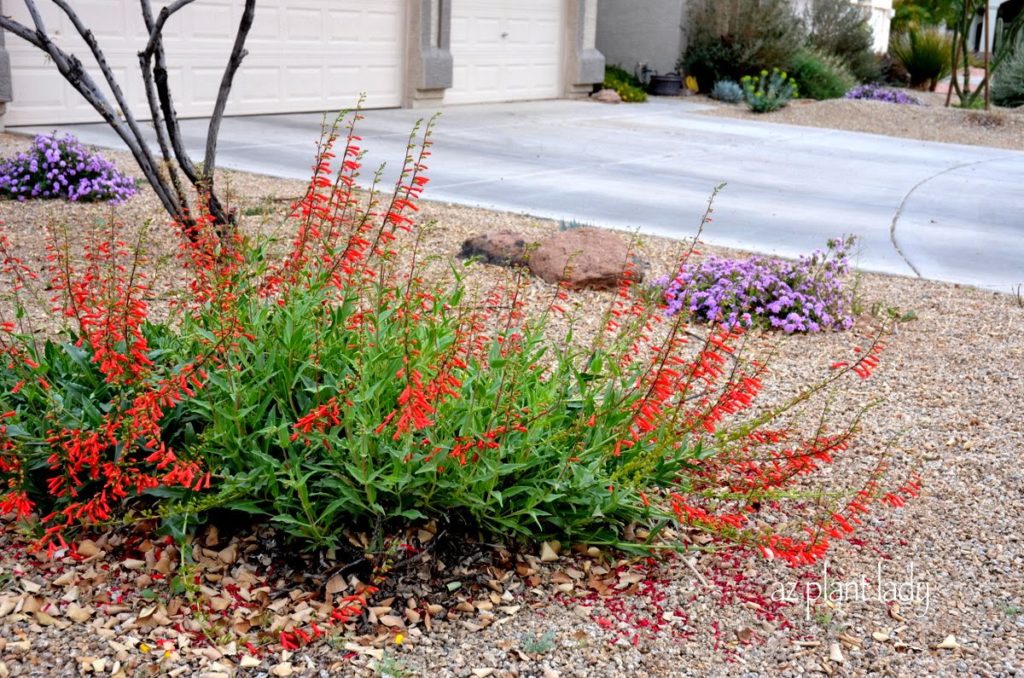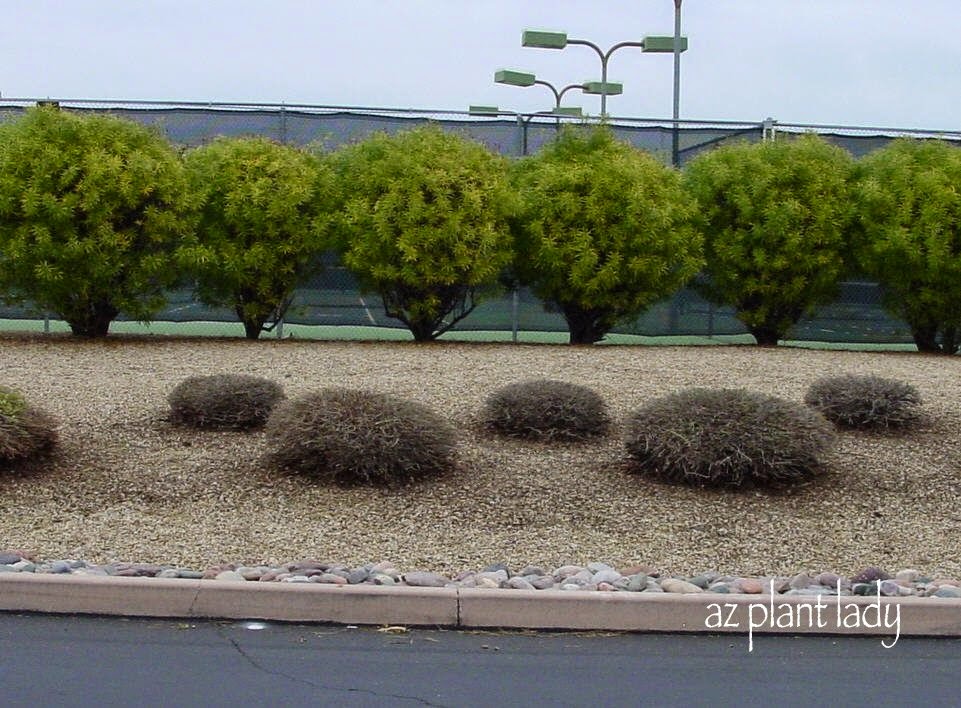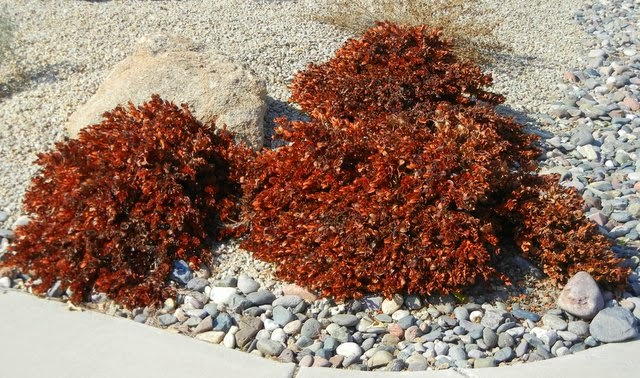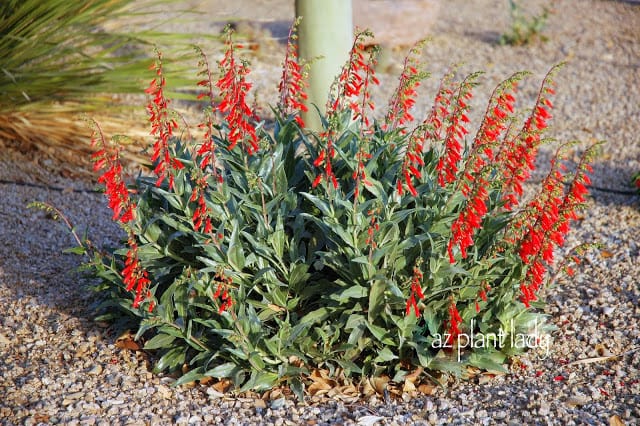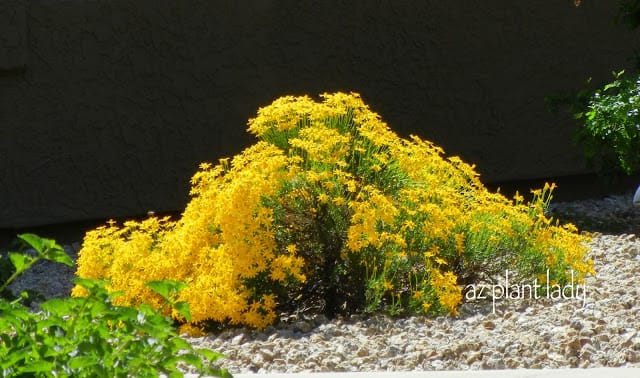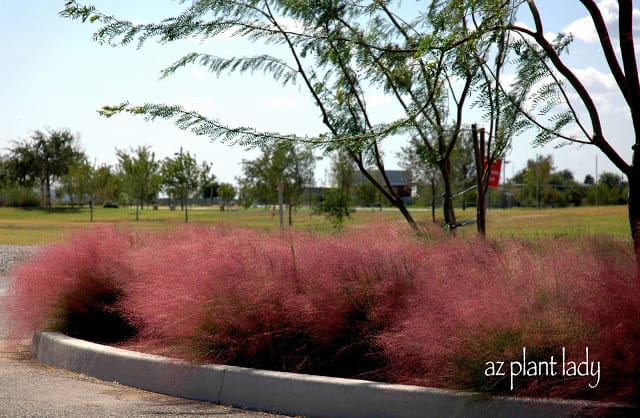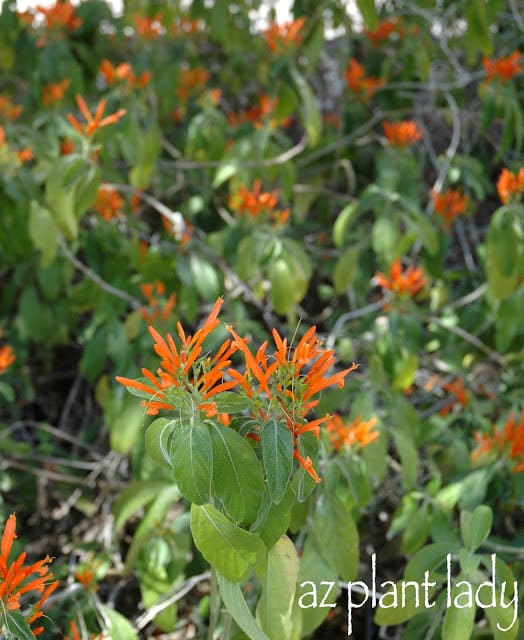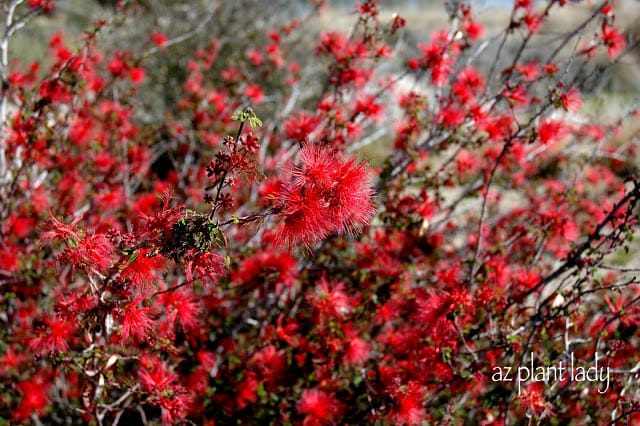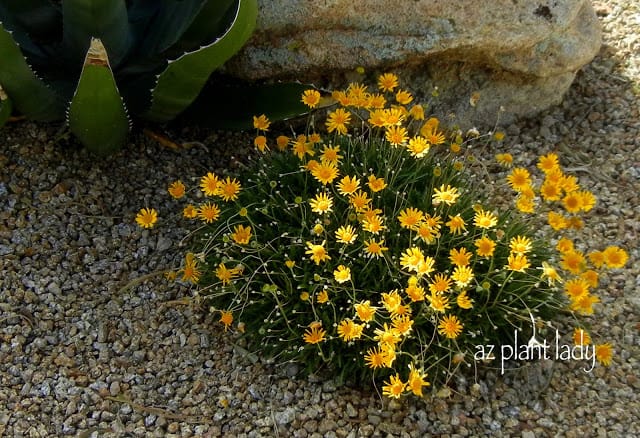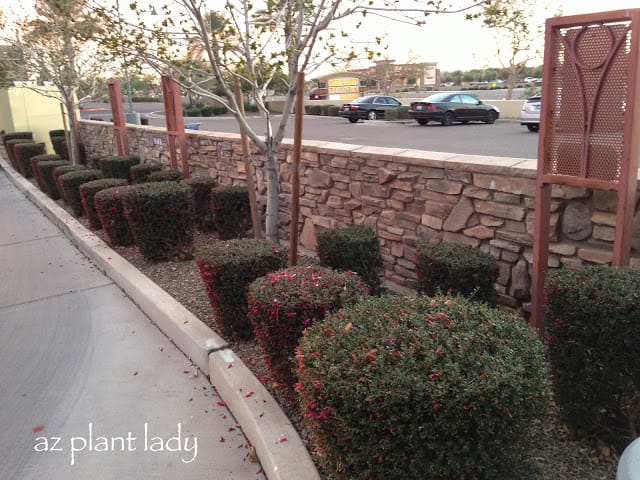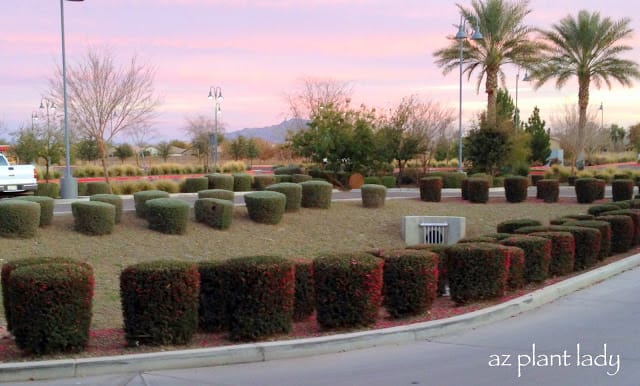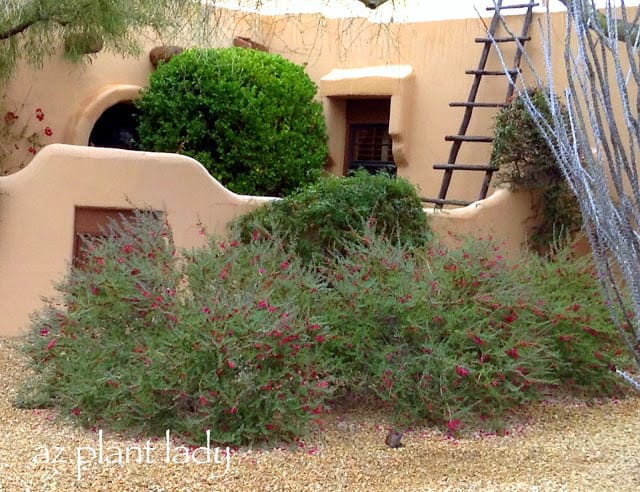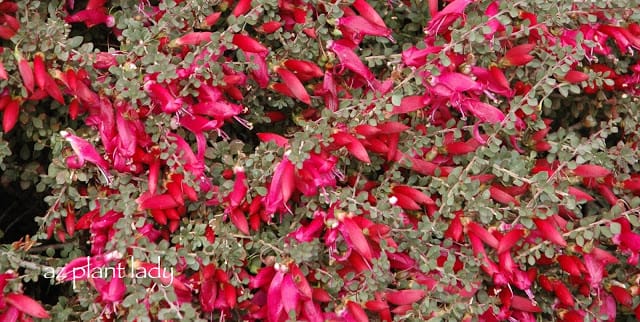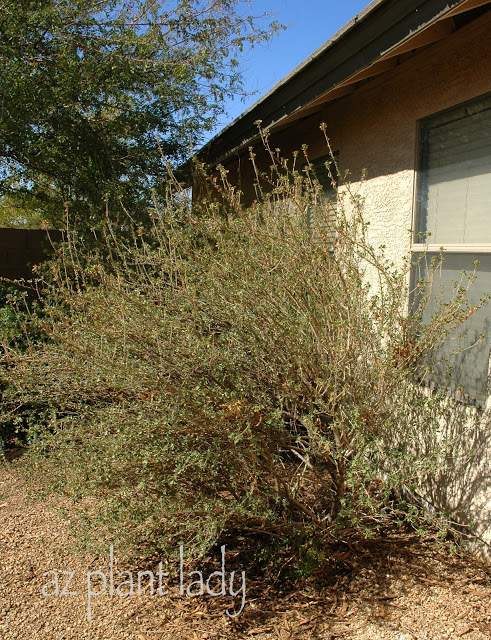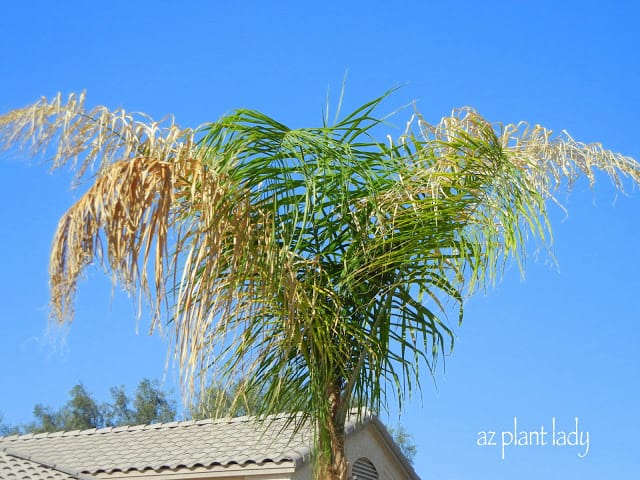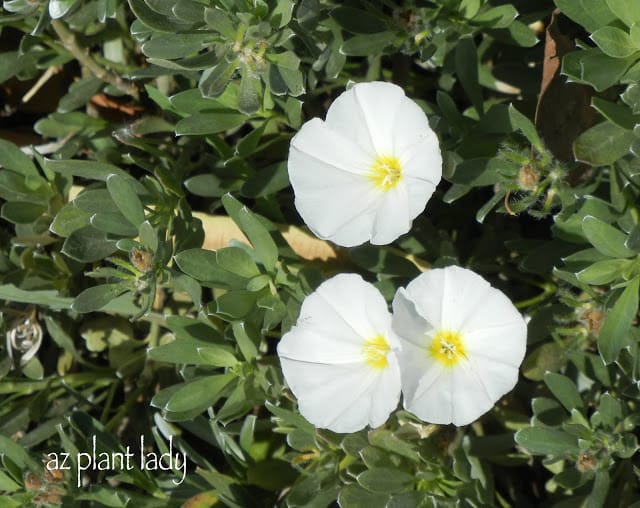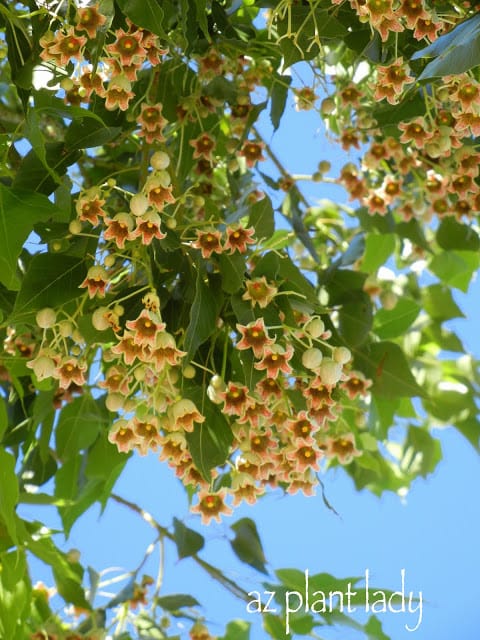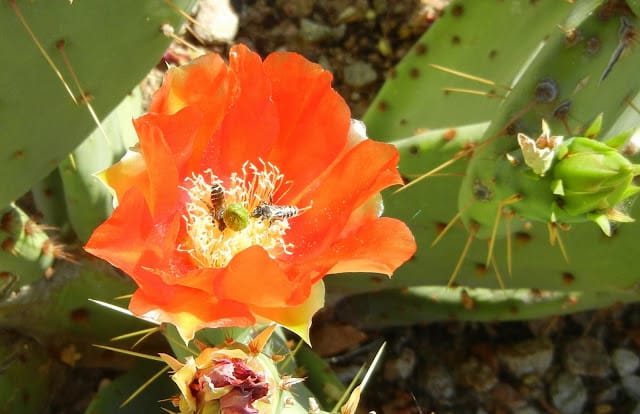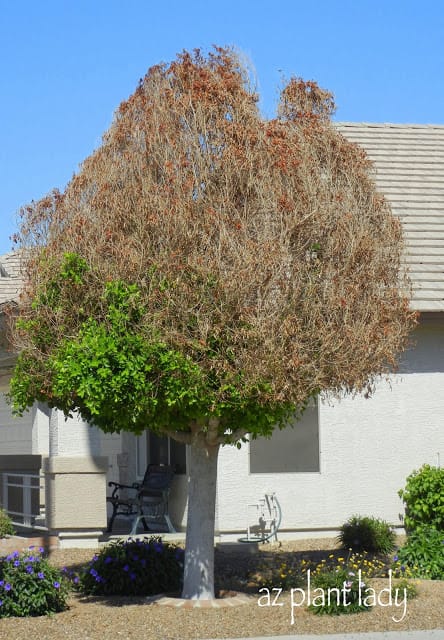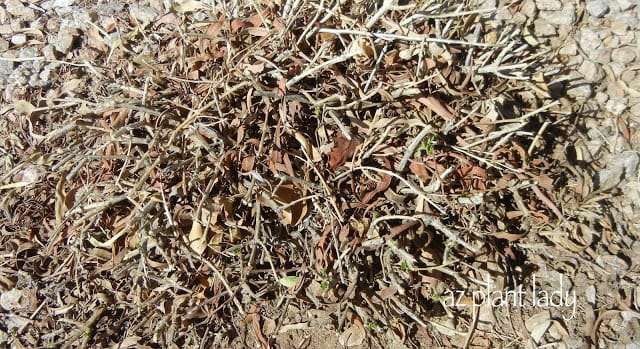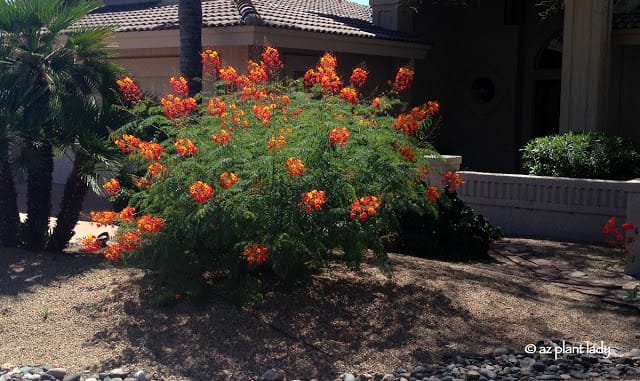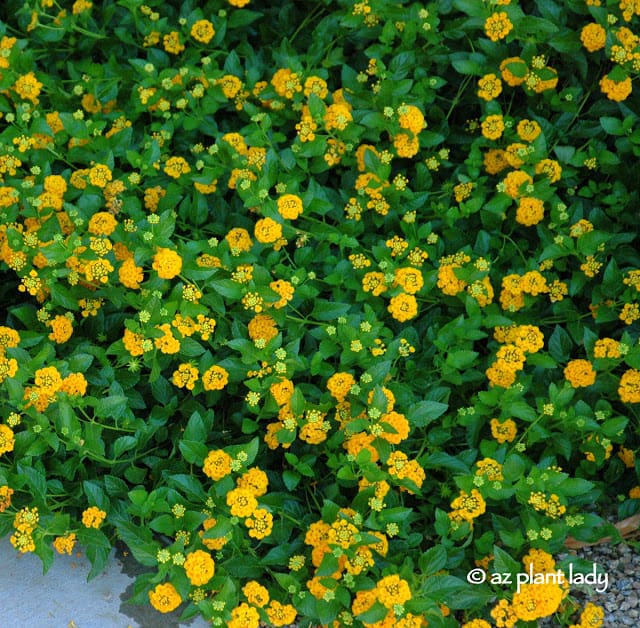I absolutely love this time of year. The weather is gorgeous and everything is in bloom. Although the afternoons can get a little hot, the mornings are still cool and a perfect time for a walk through the neighborhood.
Now before we leave on our walk, I almost always bring my camera with me, because you never know what you might see. Today, along with my husband, I brought 2 special guests with me….
Meet my twin nephews, Dean and Danny.
They are now over 7 months old and ready for an adventure.
So lets get started, shall we?
Frost-Damaged Queen Palm
The first thing that I took a photo is of my neighbor’s frost-damaged Queen Palm. With the deep freeze we experienced last winter, most of the Queen Palms in our area were hit hard.
Thankfully, my neighbor is not pruning off the frost damaged fronds yet. You see, all palms need the ‘food’ that the fronds produce and the frost damaged fronds are still green at the base. So, if yours look like this one, leave the frost-damaged fronds alone until they fall off naturally.
Bush Morning Glory
The beautiful gray foliage of Bush Morning Glory (Convolvulus cneorum) make it a great groundcover. Earlier in March they were all covered with bell-shaped blossoms. There are just a few flowers left now…
Australian Bottle Tree
We pass by an Australian Bottle tree (Brachychiton populneus) that is in full flower.
We had one of these beautiful trees in my front garden in Southern California, where I grew up. I used to imagine that the flowers were fairy caps and that the fairies would hide during the daytime.
Although I live in the desert, there are not too many people who grow cactus in their front gardens in my neighborhood.
There is however, one house that has lots of it and my kids call it the “Cactus House”. Their Prickly Pear cactus is in full bloom and bees can hardly get enough of the pollen.
Sadly, not all that we saw was beautiful. Ficus trees are extremely popular in my neighborhood and they got hit hard by the frost. Most of them are coming back though.
It is a good idea to wait until the end of May before pruning any remaining frost-damaged branches since they may still be alive. At that time, if the branches have no green leaves, then it is probably dead and you can prune them back to live growth.
Okay, here is another rather ugly photo, but in just a couple of weeks, this pruned back Gold Lantana will be covered with green.
You can prune back most frost-damaged shrubs and perennials very far. This Lantana is not even 6 inches tall. At first glance, it may appear dead, but at the bottom of the picture, you can see tiny green leaves appearing.
I guess it the horticulturist in me, but along with the beautiful, I tend to look at the ugly as well. Thankfully, with gardening ‘ugliness’ is usually short-lived. I can’t wait until everything is in full bloom!
Come join us for ‘Part Two’ of our spring time walk later this week….
*******************
It is so nice to be back home from my Midwest road trip. My mother and I had a wonderful time, but it is so good to be home. I think the best part was walking off the plane and seeing my husband waiting with a bouquet of flowers 🙂
Got Frost-Damaged Plants? How and When to Prune…
